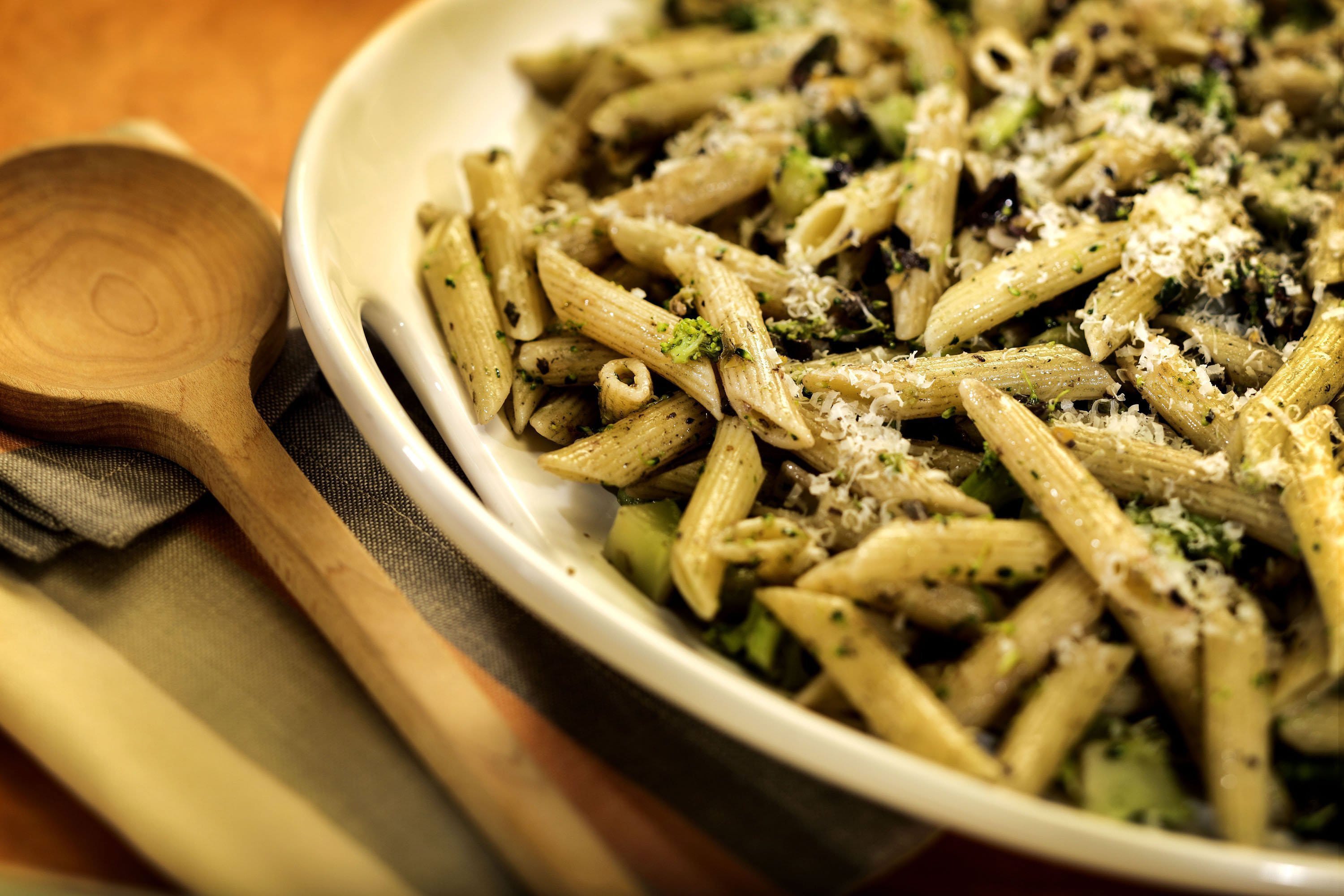Anyone who can turn on an oven knows the difference between broccoli and cauliflower, right? One is green and shaped like a tree and the other is white and looks more like a brain. Well, it turns out it’s a little trickier than that. In fact, these two heady members of the brassica family are a lot more closely related than might be apparent.
Actually, many members of the family fall in between. There are even white broccolis, oddly enough, and pale green cauliflowers.
Another thing broccoli and cauliflower share in common is how well they respond to being cooked until they are fairly soft. This will come as a shock to those who still cling to the old “tender-crisp” style of vegetable cookery. But you really should give it a try.
It took a while for me to be convinced as well. But after repeatedly being served versions of broccoli with pasta in which the vegetable, though still vivid green, had been cooked to almost a smearing texture, I had to admit that the flavor was better than the way I had been preparing it, where the florets were barely fork-tender.



